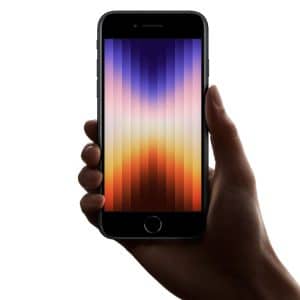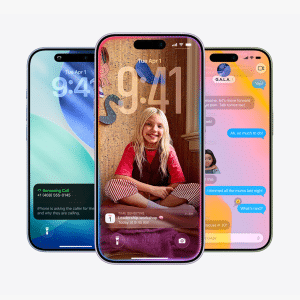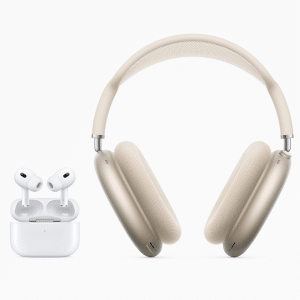Marques Brownlee (MKBHD), a prominent tech YouTuber, recently shared a behind-the-scenes look into Apple’s secretive durability labs, revealing the extensive testing iPhones undergo to ensure their robustness.
During his visit, MKBHD showcased a series of tests designed to evaluate iPhone durability and water resistance. These tests are far more rigorous than those typically seen online, focusing on real-world conditions to provide accurate and reliable results.
Apple’s water resistance tests include:
- Drip tray simulation: mimics light rain (IPX4 rating).
- Low-pressure jet spray: exposes the device to water jets from various angles (IPX5 rating).
- High-pressure firehose spray: blasts the handset with strong water streams (IPX6 rating).
- Underwater pressure simulation: submerges the iPhone under pressure to simulate depth (IPX8 rating).
These evaluations ensure that models like the iPhone 13 and iPhone 15 Pro Max can handle scenarios ranging from rain to accidental spills and brief submersion.
For structural integrity, Apple uses industrial robots to perform drop tests from different heights and angles. Advanced slow-motion cameras capture these impacts, enabling engineers to analyze the results and enhance the device’s durability.

Additionally, Apple simulates vibrations similar to those experienced in a biker’s pocket or on a subway to understand how sustained exposure to certain frequencies affects the device.
Unlike the dramatic tests often seen on YouTube, Apple’s procedures are scientifically designed to accurately replicate real-life conditions.
The company tests over 10,000 pre-release devices to identify and address any weaknesses before a new iPhone reaches the market.
During his tour, MKBHD interviewed John Ternus, Apple’s Head of Hardware Engineering, who discussed the balance between durability and repairability.
Apple prioritizes making its devices more durable, which can sometimes make them harder to repair. For instance, waterproof seals and adhesives that protect against water damage can complicate the repair process.

Apple’s marketing of iPhone durability and water resistance has faced scrutiny.
For example, Italy’s antitrust authority fined the company for misleading promotions about water resistance capabilities.

Apple emphasizes that while iPhones are highly resistant to water, they are not entirely waterproof, and water damage is not covered under warranty. This underscores the need for careful handling despite robust IP ratings.
Apple’s focus on durability aligns with its environmental goals. By making devices less prone to failure, Apple reduces electronic waste and the need for frequent repairs. However, the company is also working to improve support for user repairs, acknowledging the importance of repairability.








